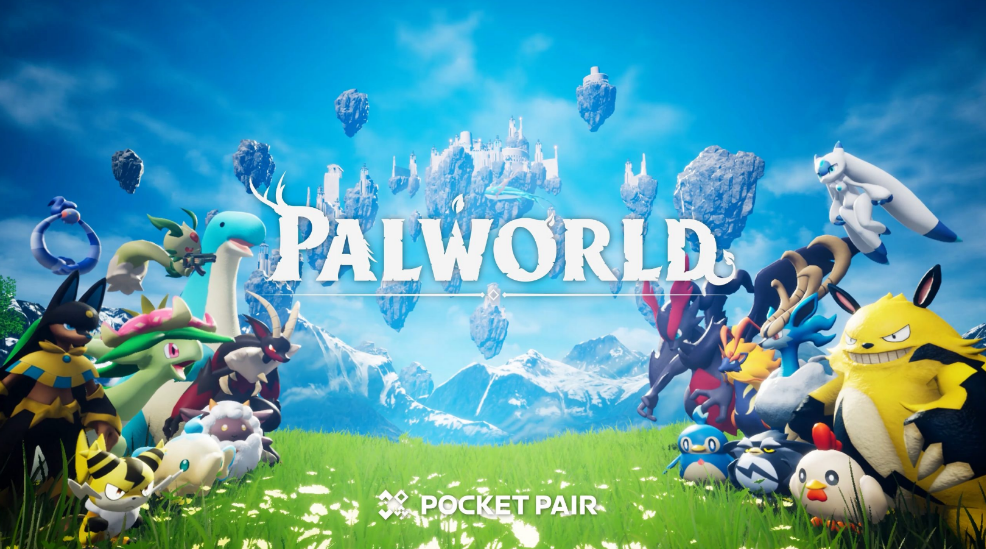
OpenAI CLIP: A Game-Changing Approach to AI Vision
In recent years, there has been a significant advancement in AI technologies, particularly in the field of computer vision. One such groundbreaking development is OpenAI CLIP, a powerful AI model that offers a game-changing approach to understanding images and text. In this article, we will explore the inner workings of CLIP, its applications, and its potential impact on various industries.
CLIP, which stands for Contrastive Language-Image Pre-training, combines advancements in computer vision and natural language processing to create a unified framework for understanding images and text. Traditional computer vision models rely on massive labeled datasets to learn specific tasks, such as object recognition or image segmentation. In contrast, CLIP leverages the power of unsupervised learning by exploiting the relationship between images and their associated textual descriptions.
The core idea behind CLIP is to train a single model that can associate and understand images and text without the need for task-specific fine-tuning. By jointly training on a large dataset of images and their corresponding text captions, CLIP learns to align them in a shared representation space. This enables the model to perform tasks like zero-shot image classification, where it can recognize and categorize images based solely on their textual description.
One of the key advantages of CLIP is its ability to generalize across different domains and tasks. Unlike traditional computer vision models that require extensive fine-tuning for specific tasks, CLIP can perform a wide range of vision tasks without any task-specific training. This makes CLIP highly versatile and adaptable, as it can be applied to various applications and industries.
For example, in healthcare, CLIP can be used to analyze medical images and reports, enabling faster and more accurate diagnosis. By understanding the textual description of medical conditions and combining it with visual information from images, CLIP can help doctors identify diseases, detect anomalies, and make informed medical decisions.
In the retail industry, CLIP can revolutionize the way product categorization and recommendation systems work. With CLIP, an e-commerce platform can analyze product images and descriptions to automatically classify items into relevant categories, improving search accuracy and user experience. Additionally, CLIP can understand user preferences and provide personalized recommendations based on their textual inputs, leading to increased customer satisfaction and sales.
Another promising application of CLIP is in the field of art and cultural heritage preservation. By training CLIP on a dataset of artworks and their descriptions, it can learn to recognize and categorize different art styles, periods, and artists. This can be invaluable for art historians, curators, and collectors, as CLIP can assist in authenticating artworks, identifying influencers, and even creating new works inspired by specific artists or styles.
While the potential of CLIP is vast, it is essential to address its limitations and challenges. Despite its impressive performance, CLIP still relies on the quality and diversity of the training data. Biases and limitations in the dataset can affect the model's understanding and decision-making. Therefore, ensuring a balanced and representative dataset is crucial to avoid biased results and potential ethical implications.
Furthermore, CLIP's current implementation requires substantial computational resources, limiting its accessibility for individuals and small organizations. Efforts are underway to optimize and streamline the model, making it more efficient and accessible to a wider audience.
In conclusion, OpenAI CLIP is a groundbreaking AI model that combines computer vision and natural language processing to understand images and text in a shared representation space. Its ability to perform a wide range of vision tasks without task-specific fine-tuning makes it highly versatile and adaptable to various domains and applications. From healthcare to retail, art, and cultural heritage preservation, CLIP has the potential to revolutionize industries and enable new possibilities. However, addressing biases and resource requirements remains a challenge, and ongoing research and development are needed to fully unlock the capabilities of CLIP.
如果你喜欢我们的文章,欢迎您分享或收藏为众码农的文章! 我们网站的目标是帮助每一个对编程和网站建设以及各类acg,galgame,SLG游戏感兴趣的人,无论他们的水平和经验如何。我们相信,只要有热情和毅力,任何人都可以成为一个优秀的程序员。欢迎你加入我们,开始你的美妙旅程!www.weizhongchou.cn


![韩国jinricp直播大合集[免费网盘下载]](https://m.weizhongchou.cn/uploads/20240316/b9440bc62395d85b21ebe7ec396c2ce6.png)
![在线韩国直播视频学习网站-PanTV[免费认证账号密码]](https://m.weizhongchou.cn/uploads/20240411/8f4cf550a832003993779c765319470f.png)
发表评论 取消回复